Features
Shop Types
Win
at AutoLeap's Booth
AutoLeap’s CRM software is more than just marketing; it’s about building lasting relationships. With automated follow-ups, service reminders, and targeted outreach, you’ll stay top of mind and keep your customers coming back.
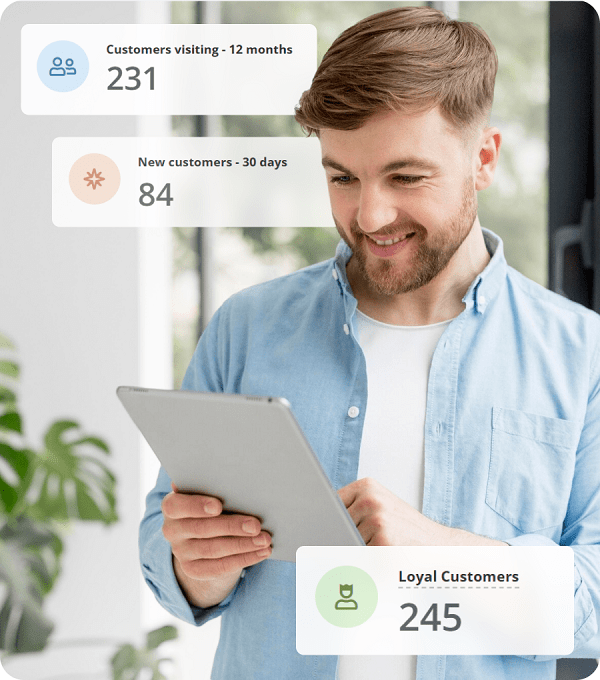
Trusted by Thousands of Shop Owners










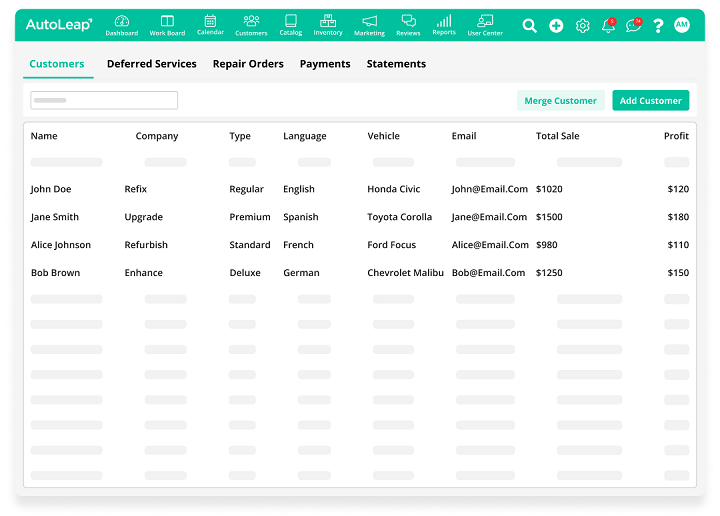
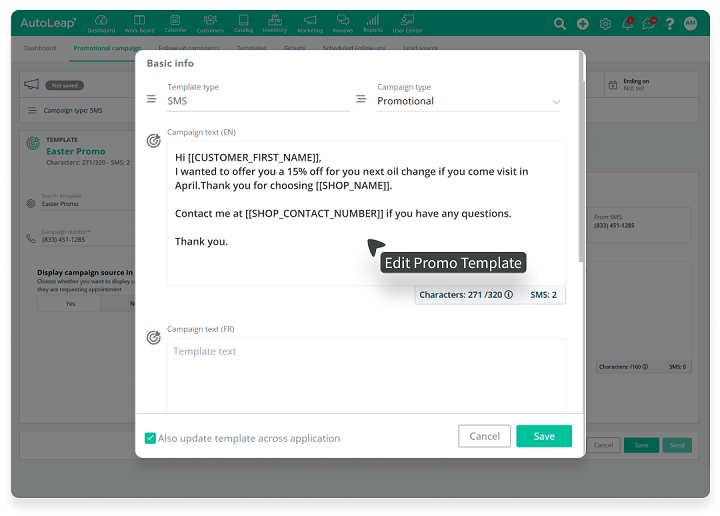
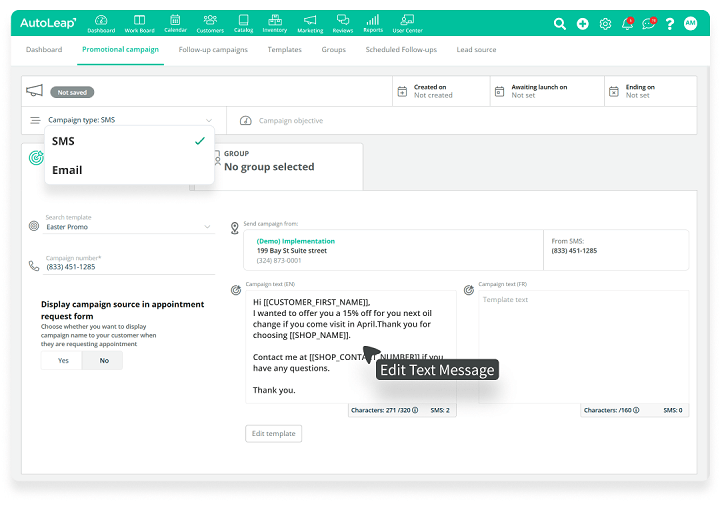
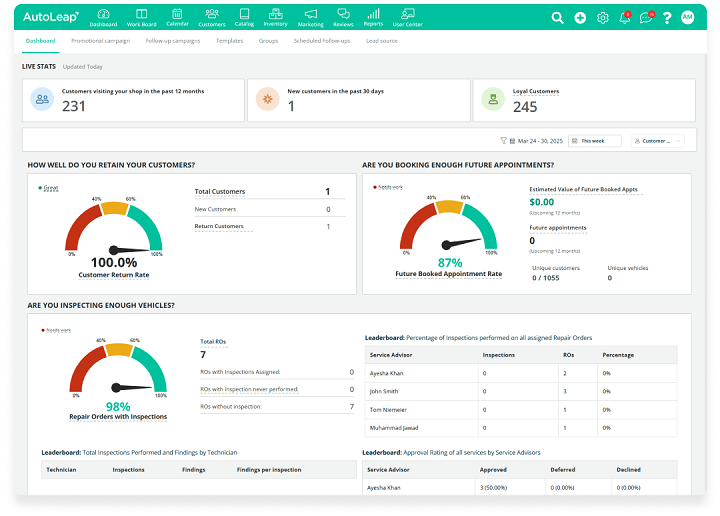
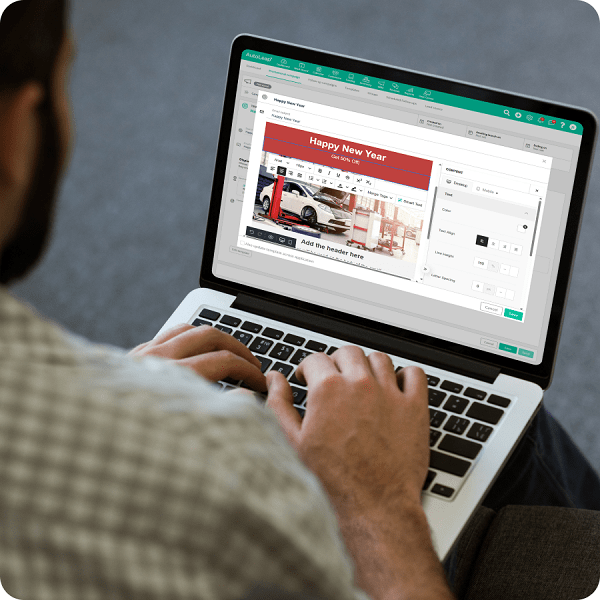
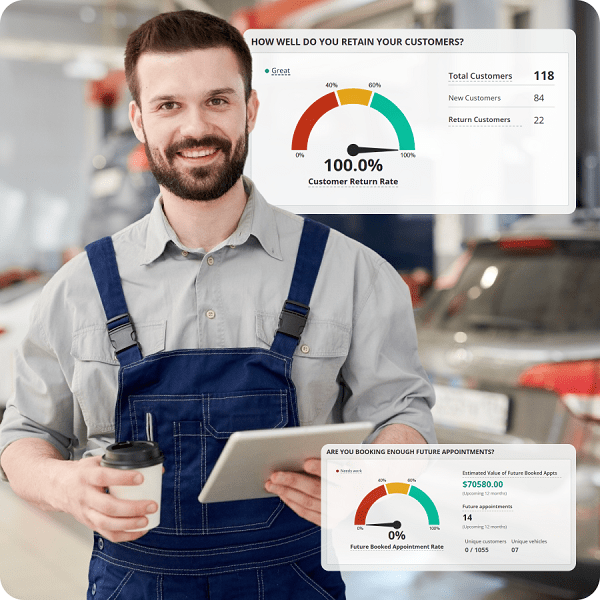

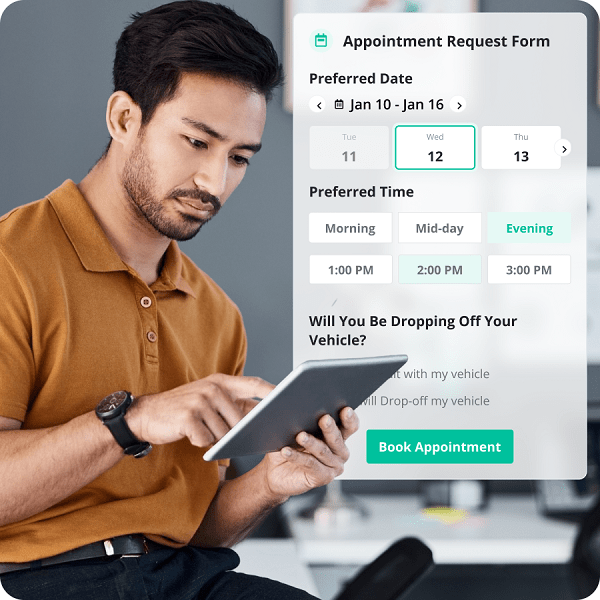

AutoLeap’s CRM isn’t just about outreach, it’s about staying connected long after the repair is done. From service reminders to follow-ups and loyalty-building campaigns, our smart tools help you keep customers coming back.
Whether you’re reminding them about an oil change or thanking them after a visit, AutoLeap makes every touchpoint count. Strengthen relationships, improve retention, and keep your bays full, without the manual effort.



Bring customers back with automated reminders, thank-you notes, and exclusive offers tailored to their service history.
Send timely messages after each visit—no more manual outreach, just smart relationship-building.
Segment and target your customer base with a few clicks using ready-made campaign templates.
Use engaging visuals and personalized offers to encourage return visits and deferred service approvals.
Measure customer return rates, campaign effectiveness, and loyalty trends with built-in CRM insights.
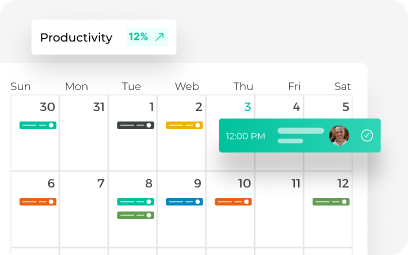
Easily manage your shop’s capacity and maximize your team’s productivity.
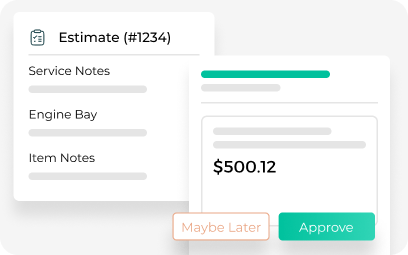
Create precise estimates in moments with a few simple clicks.

Speed up payment processes by issuing invoices instantly.
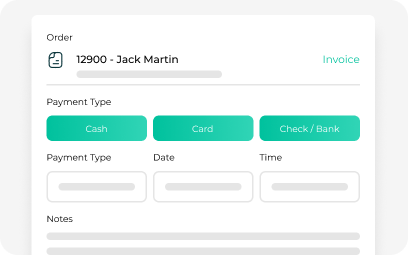
Process payments seamlessly within the AutoLeap platform.

Monitor technician time and progress on tasks with ease.
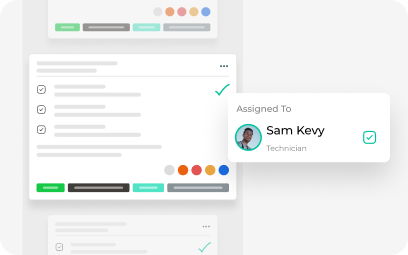
Easily manage and assign work orders with a visual Kanban board.
AutoLeap automates promotional campaigns during slow seasons, helping you stay visible and bring in repeat customers.
Marketing automation helps shops stay engaged with customers by sending targeted campaigns, reminders, and follow-ups at the right time without manual effort.
Yes, AutoLeap’s software allows you to link campaigns to repair orders and track performance metrics, providing insights to optimize future campaigns.
Yes, segmentation allows you to send tailored messages based on customer behavior, such as previous services, location, or maintenance needs, ensuring your communication is relevant and impactful.
By automating follow-up messages, reminders, and promotions, AutoLeap keeps customers engaged and returning to your shop.
Absolutely. The platform allows you to create and automate promotional campaigns to boost revenue and maintain customer engagement
Yes, AutoLeap’s pre-built templates and automated workflows make it simple to set up and launch campaigns quickly.
Not at all. AutoLeap’s user-friendly interface and pre-built templates make campaign setup quick and easy.
Yes, AutoLeap’s Customer Retention Dashboard helps you track returning customers and assess campaign success.
Experience the best all-in-one auto repair shop software. Save time & sell more. Get a free demo now!

See AutoLeap in Action

Features
Shop Types

at AutoLeap's Booth
